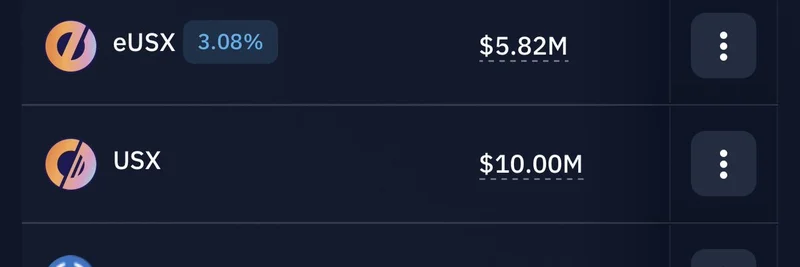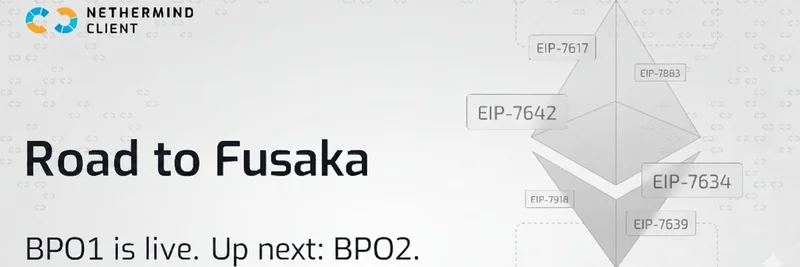In a recent tweet from Chainlink, the conversation around the future of decentralized finance (DeFi) and its integration with traditional financial institutions (TradFi) took center stage. The tweet highlighted a video from the Digital Asset Summit 2025, where industry experts discussed the evolving landscape of DeFi and its potential for institutional adoption. This article delves into the key points from the discussion, focusing on the roles of Chainlink and Aave in this transformative journey.
The Regulatory Shift and Institutional Comfort
The video begins with a discussion on the new regulatory environment that is making traditional financial institutions more comfortable with engaging in DeFi. As regulations become clearer, institutions are finding it easier to navigate the complexities of decentralized finance. This shift is crucial because it removes significant barriers that previously hindered widespread adoption.
"Now with the new regulatory environment making institutions comfortable enough to actually act on working with DeFi, the final hurdle is removed." [Tweet link]
This regulatory clarity is a game-changer, allowing institutions to explore DeFi's potential without the fear of legal repercussions. It's a step towards bridging the gap between traditional finance and the decentralized world.
DeFi's Attractiveness to Institutions
One of the main attractions for institutions is the yield offered by DeFi protocols. The video emphasizes that all yield in DeFi, along with its liquidity, is very appealing to the institutional world. This is where protocols like Aave come into play, offering diverse lending pools and stablecoin options that are particularly attractive to institutional investors.
"Is that all yield in DeFi? All liquidity in DeFi? It's very attractive to the institutional world." [Tweet link]
Aave, with its 16 different assets, including five stablecoins, stands out as the most diverse lending pool in the Ethereum ecosystem. This diversity is a significant draw for institutions looking to diversify their portfolios and tap into the high yields that DeFi can offer.
Chainlink's Role in Connecting DeFi and Institutions
Chainlink's unique position in this ecosystem cannot be overstated. As a decentralized oracle network, Chainlink provides the infrastructure needed to connect DeFi protocols like Aave with major institutions. This connection is vital for ensuring that smart contracts can access real-world data, which is essential for institutional trust and operational efficiency.
"Chainlink is uniquely positioned to connect protocols like @aave with major institutions." [Tweet link]
The tweet underscores Chainlink's role in facilitating this connection, highlighting how value moves through these integrations. By providing secure and reliable data feeds, Chainlink ensures that DeFi protocols can operate seamlessly with traditional financial systems, thus enhancing trust and adoption.
The Future of Institutional Products in DeFi
The discussion also touches on the future of institutional products within DeFi. The video suggests that institutional products like money markets and various real-world assets (RWAs) represented on-chain will increasingly use DeFi as a distribution channel. This is a significant shift, as it indicates that DeFi is not just a niche market but a viable platform for institutional financial products.
"Institution products like money markets and various other RWAs that are represented on-chain and have lending markets around them are basically using DeFi as distribution." [Tweet link]
This trend is already visible with protocols like Aave, which are becoming the main channels for lending distribution. As more institutions recognize the efficiency and cost-effectiveness of DeFi, we can expect to see a surge in on-chain representations of traditional financial products.
Aave's Continued Leadership in Lending
Aave's role in this ecosystem is particularly noteworthy. The video predicts that Aave will continue to be a leading platform for lending, serving as the primary distribution channel for institutional lending products. This prediction is based on Aave's current dominance and its ability to adapt to the needs of institutional investors.
"And you know Aave, I think will be, as it is now, for lending, the main channel for that distribution." [Tweet link]
Aave's integration with Chainlink further solidifies its position. By leveraging Chainlink's oracle services, Aave can ensure that its lending protocols are secure, transparent, and reliable, which is crucial for institutional adoption.
Conclusion: The Path Forward
The conversation at the Digital Asset Summit 2025 paints a promising picture for the future of DeFi and its integration with traditional finance. With regulatory clarity on the horizon, institutions are increasingly comfortable exploring DeFi's potential. Chainlink and Aave are at the forefront of this movement, providing the infrastructure and platforms needed to bridge the gap between these two worlds.
As we move forward, the collaboration between DeFi protocols and traditional institutions will likely accelerate, driven by the need for efficiency, high yields, and innovative financial products. This integration is not just about adopting new technology; it's about redefining the financial landscape to be more inclusive, efficient, and accessible.
For those in the blockchain space, understanding these dynamics is crucial. The partnership between Chainlink and Aave is a testament to the power of collaboration and innovation in driving the next wave of financial evolution. Stay tuned to meme-insider.com for more insights into the latest trends and developments in the world of blockchain and DeFi.



